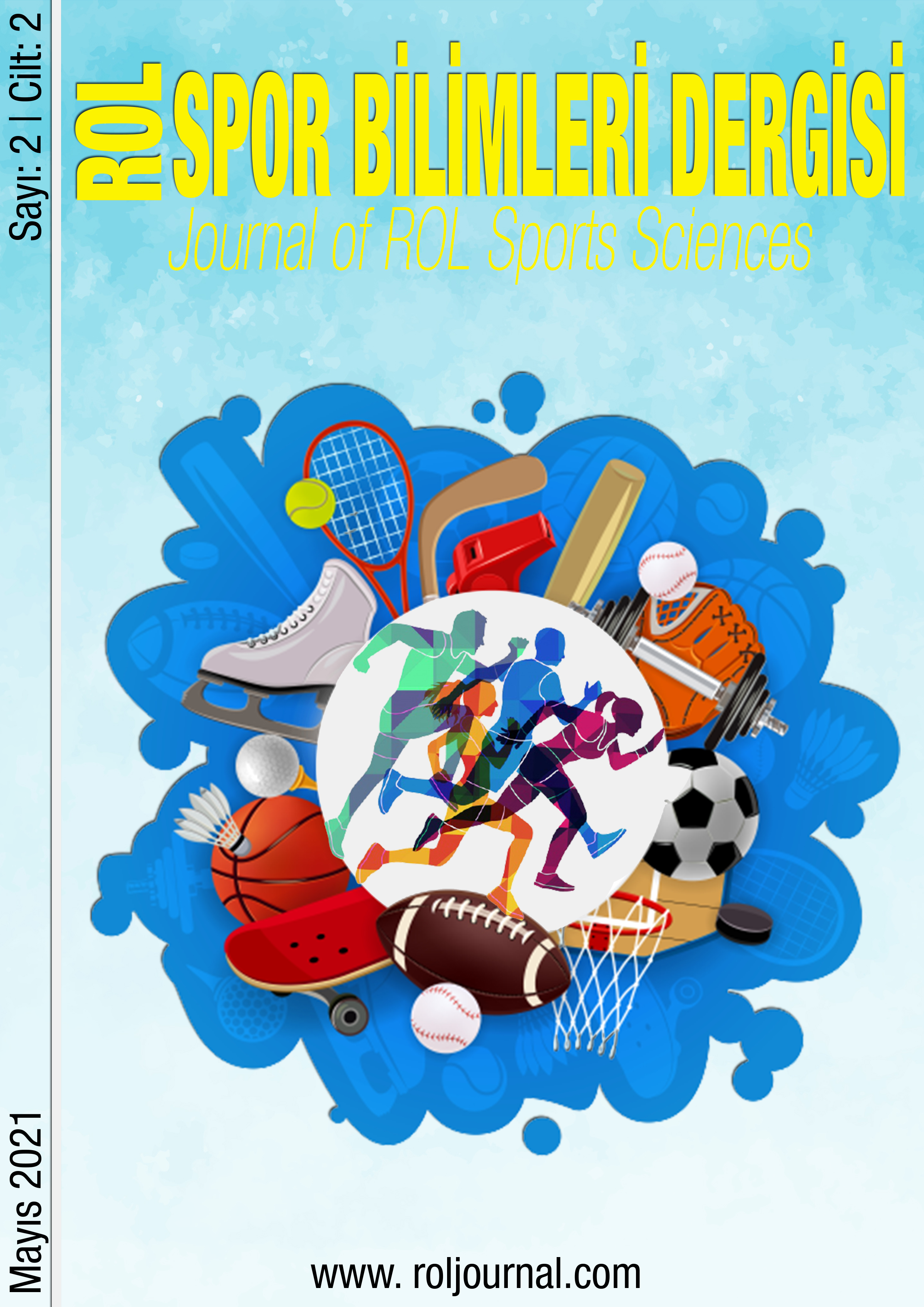REVIEWING OFTRAIT ANGER AND LEVEL OF ANGER EXPRESSION STYLES OF ICE HOKEY PLAYERS
DOI:
https://doi.org/10.29228/roljournal.50880Keywords:
Ice Hokey, Anger Style, Constant AngerAbstract
The purpose of this study, which was planned by considering that anger, power, and excitement aggression components are in the nature of ice hockey, was to determine constant anger and anger style in university students who participate in competitions in different leagues. 61 Volunteer male ice hockey players with an average age of x=22.41 ± 2.86 participated in this study for this purpose. Constant Anger-Anger Style Scale that was developed by Spielberger et al., (1983) and adapted to Turkish by Özer (1994) was utilized to determine the anger level of participant athletes. The scale consists of 34 items. The first 10 items specify the constant anger; the other 24 items show the anger style (anger-in, anger-out, and anger control). Reliability coefficients were found as follows: constant anger 0.86, anger in 0.79, anger out 0.81, and anger control 0.76. Descriptive statistic procedures were used to evaluate the data. ANOVA tests determined the differences based on training age. The significance level was accepted as 0,05. With reference to findings, constant anger (23,27±6,74) and anger-out (18,68±5,17) scores were above the group average while the anger-in (19,19±5,42) and anger control (22,47±4,78) scores were under the group average. There were no statistical, significant differences when the findings were compared based on the age groups (p>0,05). A significant difference was observed between the group that trained for 11 years or more, and the group that trained for 1-5 years and 6-10 years by considering the anger-out sub-dimension based on the training age of athletes (p<0,05). Such studies should be planned by involving different parameters to help athletes to control their anger levels.


